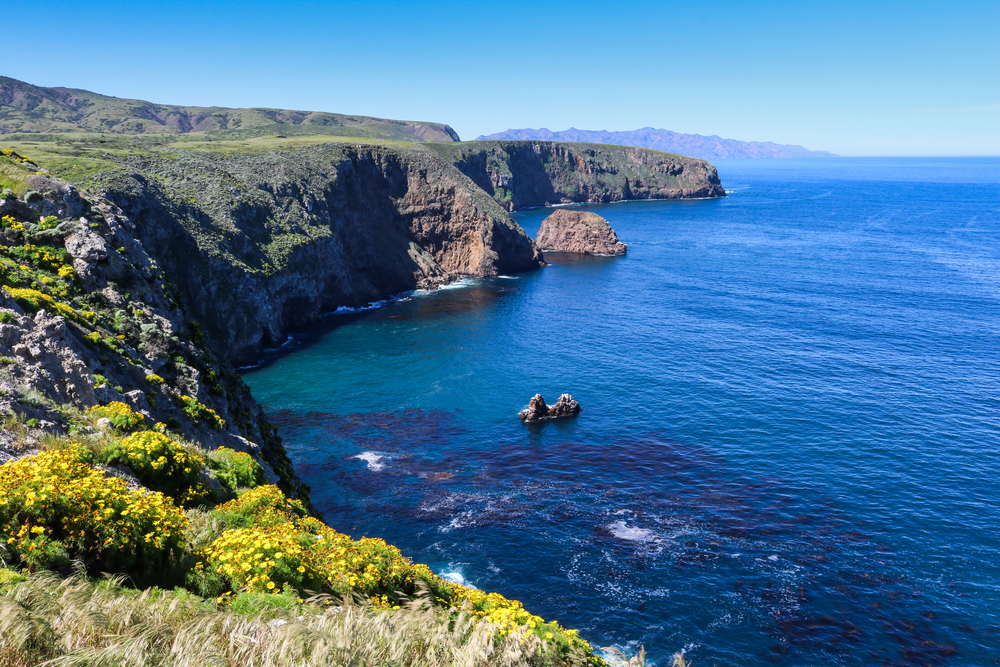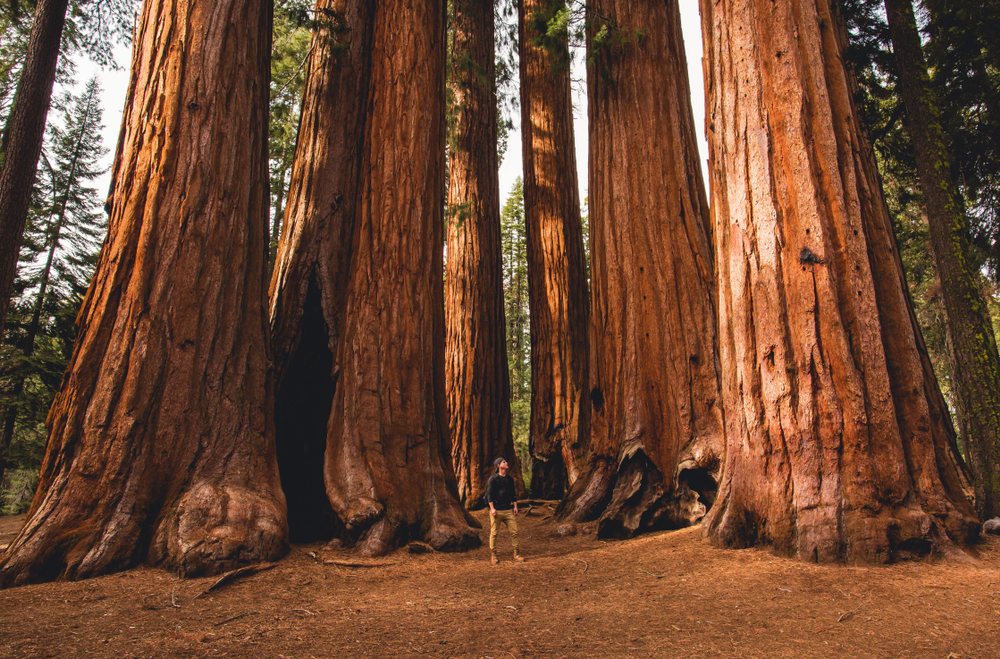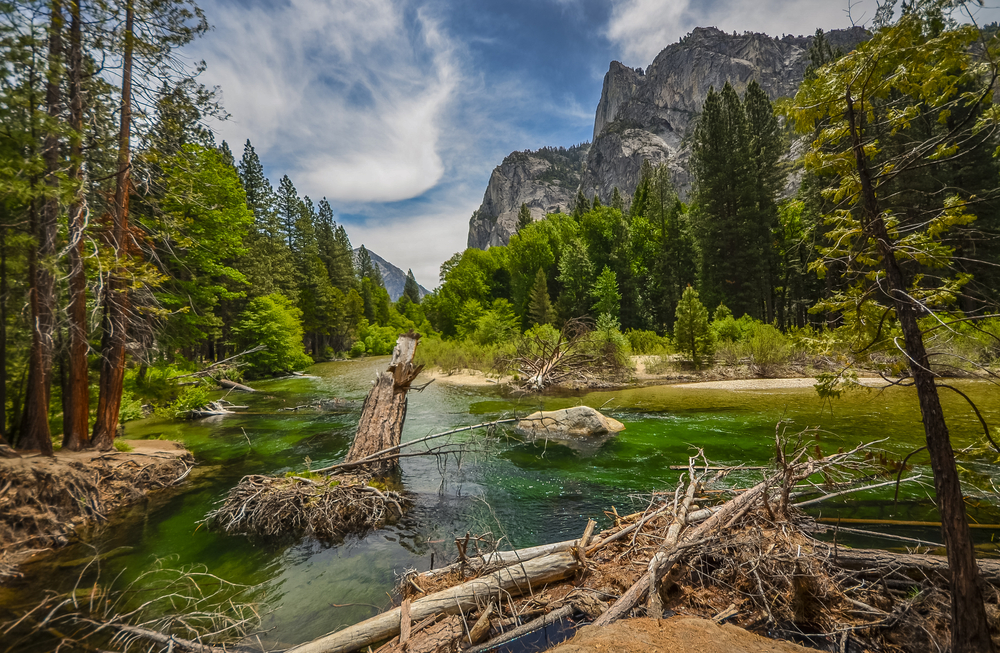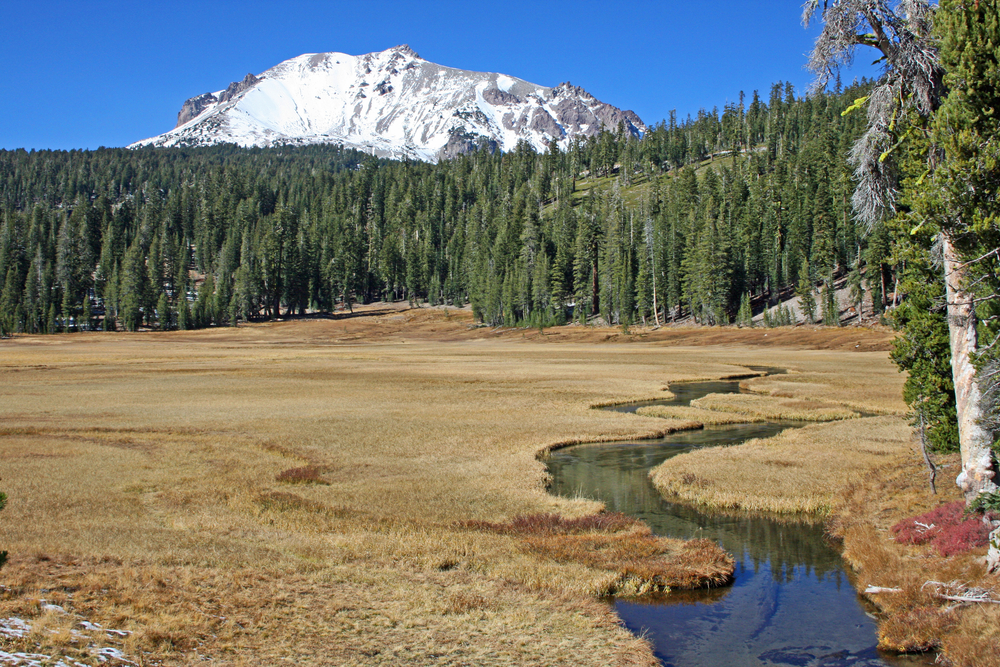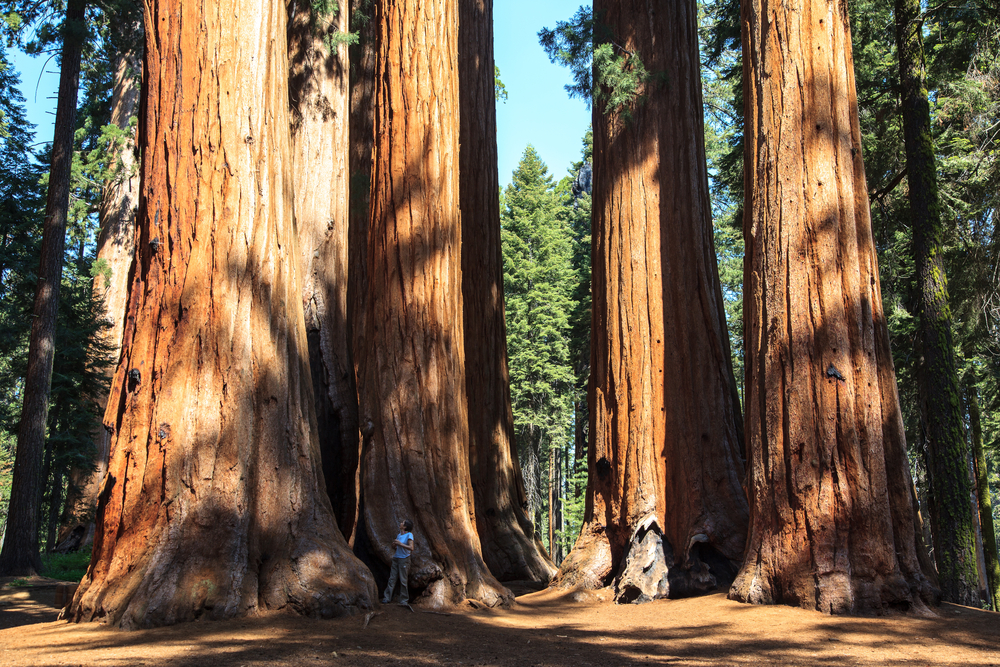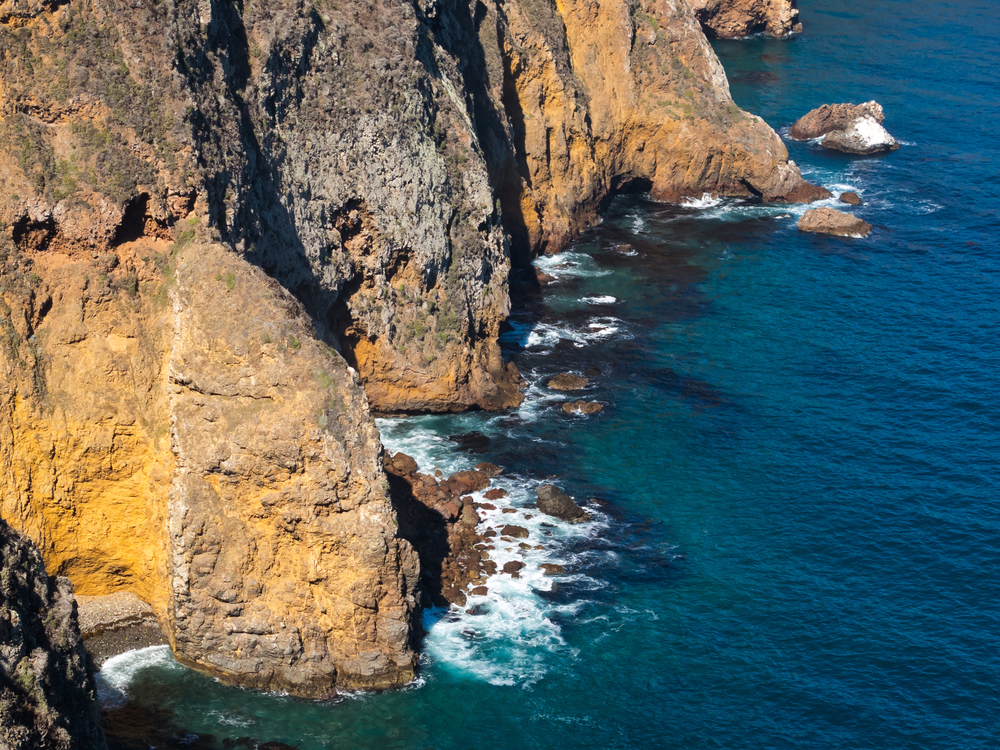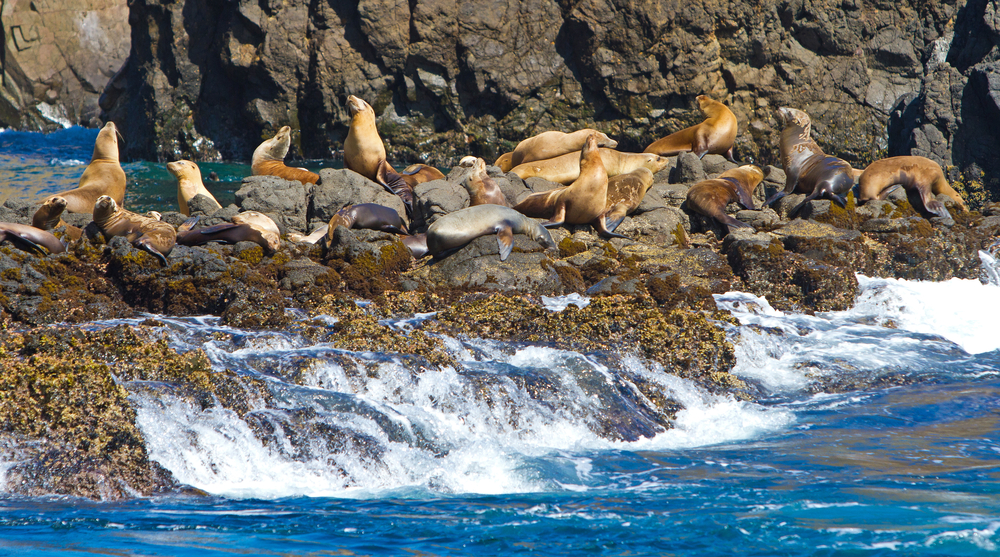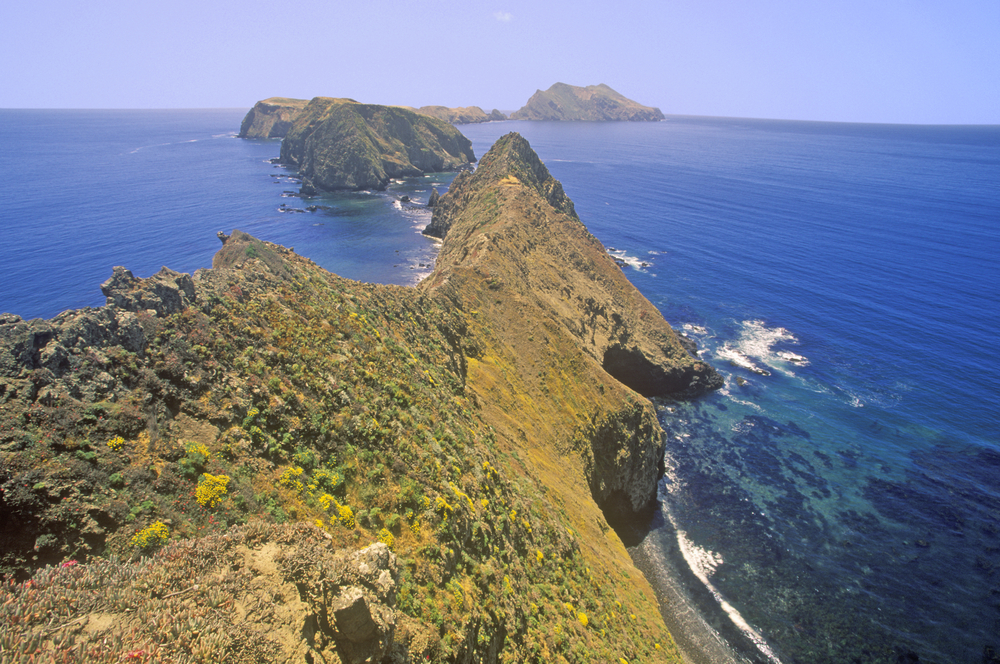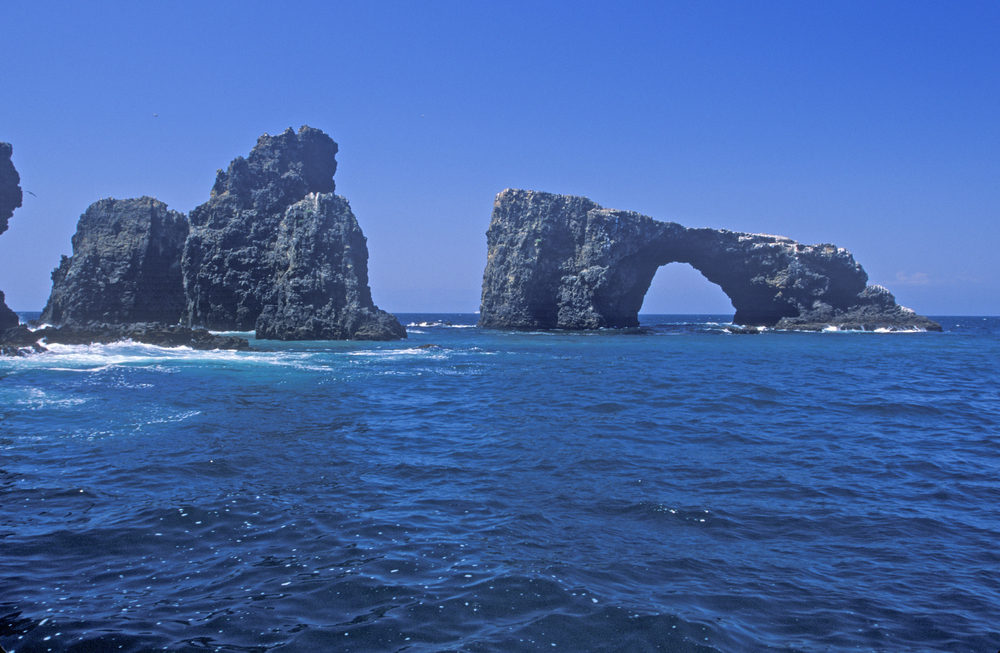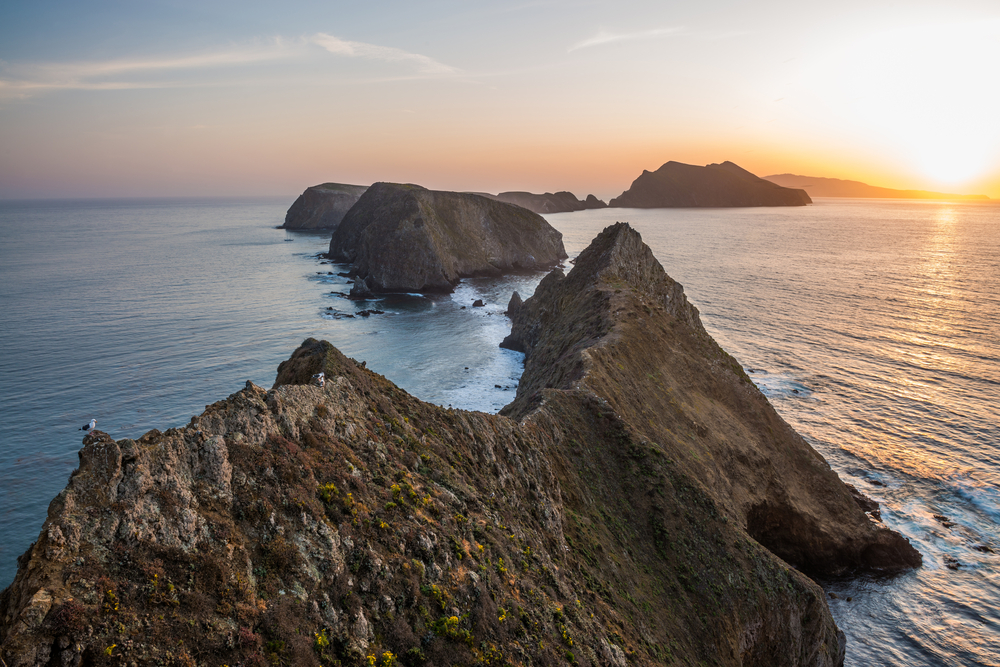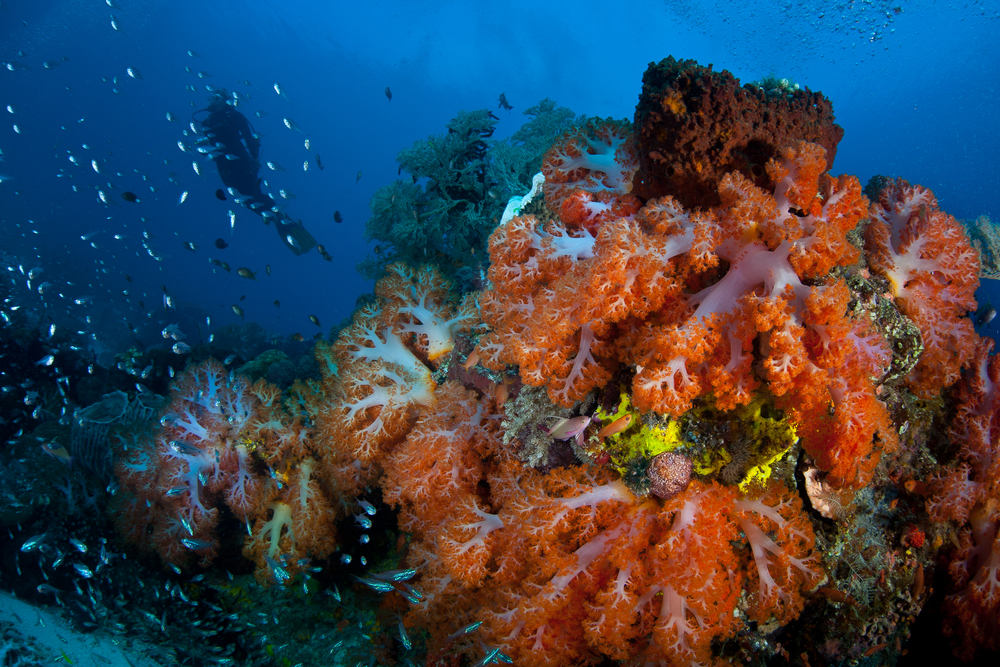Popular
Channel Islands National Park serves as a sanctuary for a unique assortment of wildlife. Visitors to the Channel Islands can experience close encounters with these species, each adding to the allure and ecological significance of this extraordinary national park.
Island Fox – Unique to the Channel Islands, this small fox is a key species for the ecosystem, having adapted to life across different islands with distinct behaviors and diets.
Channel Island Spotted Skunk – Much smaller and more elusive than its mainland relatives, this skunk is known for its distinctive spots and acrobatic handstands when threatened.
Northern Elephant Seal – These massive seals haul out on the islands’ beaches to breed and molt, their deep vocalizations and large size a remarkable sight.
California Sea Lion – Agile and playful, California Sea Lions are commonly seen sunning on rocky outcrops or frolicking in the waters around the islands.
Bald Eagle – Once eradicated from the islands due to DDT poisoning, Bald Eagles have been successfully reintroduced, now soaring majestically over their coastal domain.
Island Scrub Jay – Found only on Santa Cruz Island, the Island Scrub Jay is larger and more vibrantly colored than its mainland counterparts, a true island gem.
Western Gull – The most common seabird on the islands, Western Gulls breed in large colonies, their calls a familiar sound amidst the ocean breeze.
Peregrine Falcon – Fast and formidable, Peregrine Falcons nest on the islands’ cliffs, diving at incredible speeds to catch their prey in flight.
Cassin’s Auklet – A small seabird that breeds in underground burrows on the islands, Cassin’s Auklets are most active at night, feeding at sea.
Common Dolphin – Frequently spotted on boat trips to the islands, Common Dolphins delight visitors with their acrobatics and sociable swimming in large pods.
The Channel Islands National Park’s isolated wilderness provides critical habitat for these species and many others, showcasing the importance of conservation and the protection of natural habitats in maintaining biodiversity.








































































